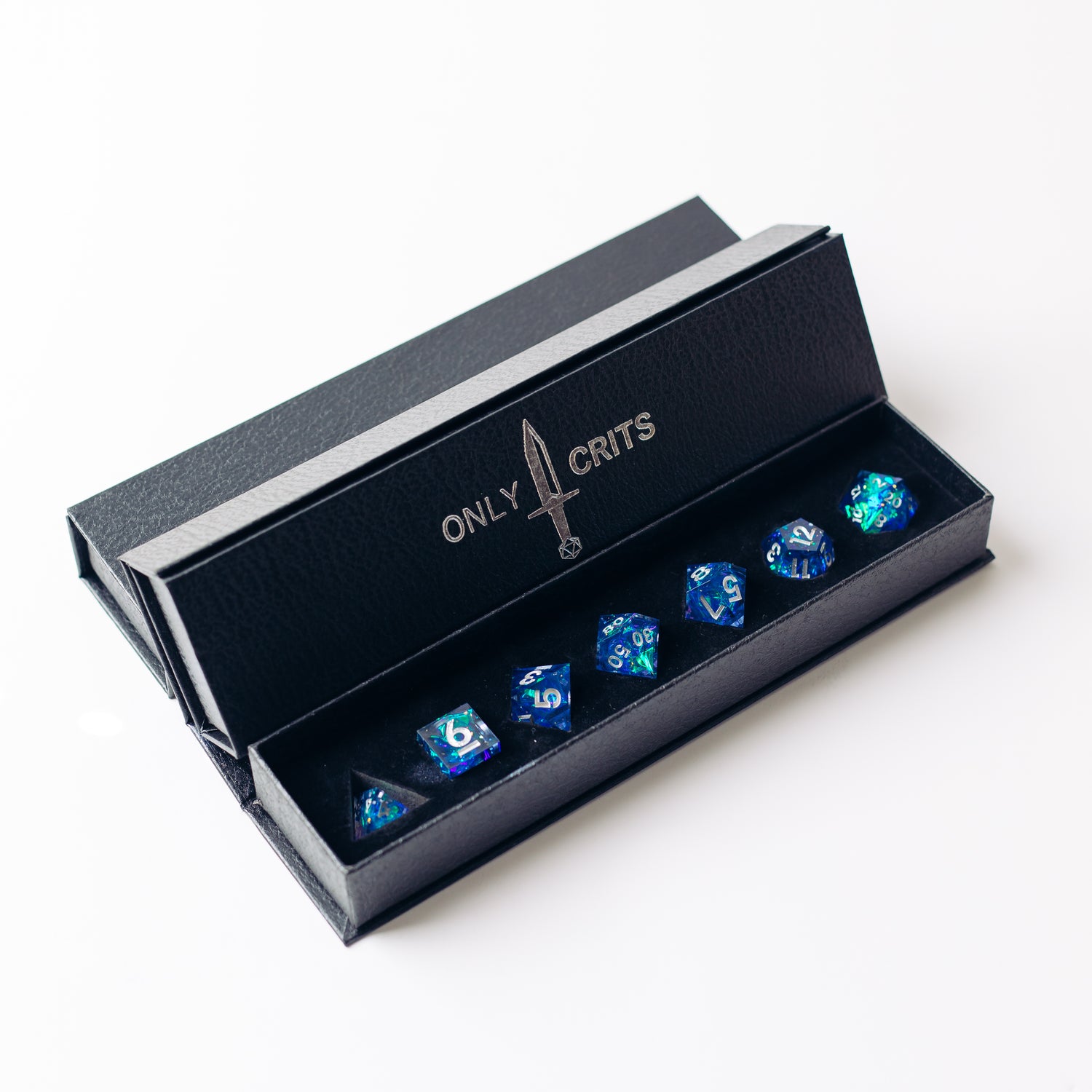Dungeons and Dragons is an emotionally involved game, and sometimes one of the emotions you want to evoke in your players is fear. But crafting real horror can be very difficult, especially when you're sitting in a brightly lit room surrounded by friends. So, in honor of some of the literary greats that have spent their lives instilling fear, here are some tips for making your DnD monsters truly terrifying.
These tips are not universal, and when it comes to horror be mindful of your players. DnD is a game, meant for fun, and if you start touching on disturbing imagery or topics that take your players out of the game and prevent them from enjoying themselves, then it's time to pull back. That being said, with players who are okay with, or even enjoy, being scared here are some ways to disturb and disrupt.
1. Nothing is Scarier than the Unknown
It's tempting to launch into creating a scary monster by altering a monster's appearance. Body horror, a creature that looks like a normal human but with disturbing changes like many extra heads or a hollowed out abdomen, can pay dividends in shock value but often it's difficult to maintain the sense of dread once a party knows what they're dealing with. Instead, it can be more terrifying to only catch wayward glances, shadows, and the remains of the monster's kills. Leaving what the creature is solely up to the imagination of the players is more powerful than describing somethin gross.
2. Imply Extreme Danger
It's the most repeated piece of writing advice in the world: show don't tell. Telling a group about how dangerous a monster is is not as terrifying as showing them that the monster has killed three different enemies all of which the party struggled to kill in the past. Or seeing an NPC they respect flee in fear. It brings up the question "what makes this creature so scary?" and then allows the imagination of the party to fill in the details of the answer. The back and forth turn-based mechanics of DnD means that once the party gets into actual combat with this monster it becomes harder to smoothly show danger in a variety of forms since you'll be constrained by the stat block. If you instead imply the danger through mystery it increases the fear.
3. Build Confusing Lore
Building on the principle of the unknown being terrifying, if the players cannot figure out what is true about the monster and what is rumor, they'll have less solid info to work off of. If one NPC says the monster is noncorporeal and can move through walls but another claims it's actually naturally invisible but solid, then it drastically changes how the players might deal with the monster, creating panic and confusion. It also makes the the challenge in itself more difficult, because the players won't be able to trust that the information they're acting on is reliable.
4. Add Lots of Immunities
Feeling powerless is terrifying. Once it's time to move past the build up to the monster and get down to fighting it, that fight should also be scary. Visuals go a long way, but regardless of how a monster looks what is truly terrifying is the feeling that you can't do anything to stop it. A monster that deals a lot of damage can be scary, but it leaves players with plenty of options to defeat it, whereas a monster that is very difficult to harm feels like an unstoppable force that will inevitably overcome the party unless they can find a solution.
Hopefully those are of some use. It's not a complete list, and as always you will know what terrifies your party the most, whether it's clowns or spiders or a shopping session. But, with a little care sometimes even the most mundane creature can turn into a horrible monster. Happy adventuring!


